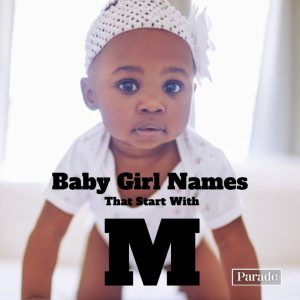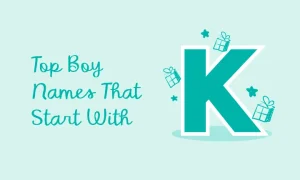Boost your online presence with a blog; a platform to share thoughts, ideas and connect with readers. Creating a blog on platforms like Squarespace, Wix or WordPress can help grow your readership and showcase your content.
Whether you’re a business promoting services or an individual sharing personal anecdotes, a blog can effectively engage your audience and drive traffic to your site. With various blog builders and templates available, starting a blog has never been easier. Establishing a blog allows for continuous updates and interaction with readers through comments, enhancing your online visibility and credibility in Austin, Texas, and beyond.
Start your blog journey today to unlock the potential for success and growth.
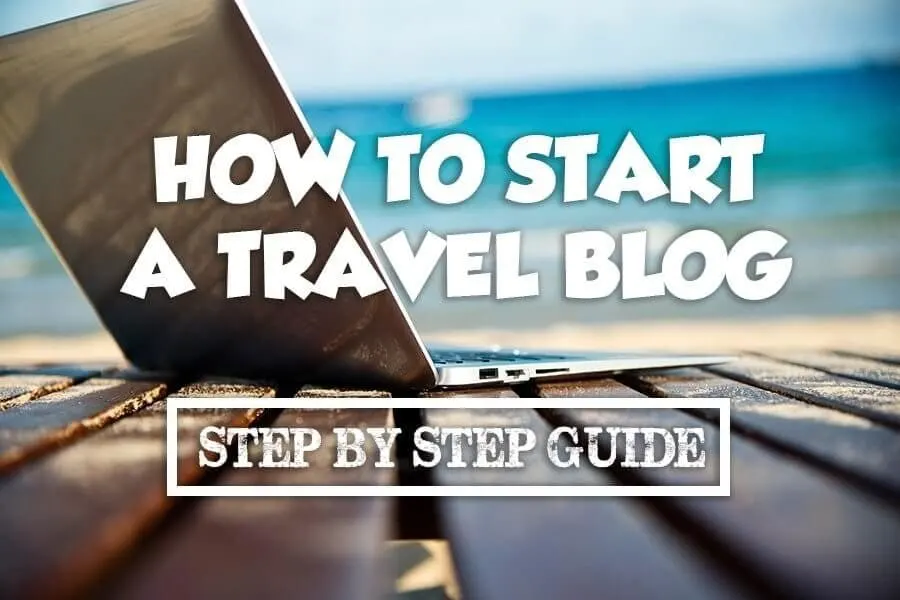
Credit: expertvagabond.com
Table of Contents
ToggleUnderstanding Blogging
Discover the essence of blogging as a powerful platform for sharing ideas, opinions, and information. Create your own space to connect with a wider audience and express your creativity through engaging content and meaningful interactions.
Understanding Blogging
What is a Blog?
A blog, short for “weblog,” is a platform or website where individuals or businesses share their thoughts, ideas, opinions, or information in discrete, often informal diary-style text entries known as “posts”.
Types of Blogs
Blogs are often categorized based on their content and purpose. Here are some common types:
– Personal Blogs: Revolve around the author’s lifestyle, experience, hobbies, or interests.
– Business Blogs: Created to promote a company, brand, or service.
– Niche Blogs: Focus on a specific topic or industry, catering to a particular audience.
– Affiliate Blogs: Integrate affiliate marketing strategies to generate revenue.
Benefits of Blogging
Blogging offers numerous benefits, including:
– Establishing Authority: Consistent, high-quality content can position you as an expert in your field.
– Building Relationships: Engage with your audience through comments and interactions, fostering a sense of community.
– Monetization Opportunities: Blogs can be monetized through advertising, sponsored content, or product promotions.
– Search Engine Optimization: Regular updates and relevant keywords can enhance your website’s visibility on search engines.
In conclusion, understanding blogging is essential for anyone looking to share their ideas, promote a business, or establish a personal brand. Blogs come in various forms and offer a wide array of benefits, making them an invaluable tool for digital communication and marketing.
Creating Your Own Blog
Welcome to the world of blogging! If you’re ready to share your ideas with the world or showcase your expertise, creating your own blog is the perfect way to do it. Let’s dive into the essential steps in creating and customizing your blog.
Choosing A Platform
When it comes to starting a blog, the first step is choosing the right platform. Popular platforms like WordPress, Blogger, and Wix offer user-friendly interfaces and customizable options.
Setting Up Your Blog
- Sign up for an account on your chosen platform.
- Select a domain name that reflects your blog’s content.
- Choose a template or theme that suits your style.
- Create essential pages such as About Me and Contact.
Customizing Your Blog
- Personalize your blog by adding a logo and customizing the color scheme.
- Organize your content with categories and tags to improve navigation.
- Add widgets or plugins to enhance the functionality of your blog.
By following these steps, you’ll be on your way to creating a unique and engaging blog that resonates with your audience. Happy blogging!
Selecting The Right Content
Before diving into the world of blogging, it’s important to identify your niche. What are you passionate about? What topics do you have expertise in? By defining your niche, you can ensure that your content is targeted and relevant to your audience. Whether it’s food, fashion, travel, or technology, finding your niche will provide a solid foundation for your blog’s content strategy.
Once you have identified your niche, the next step is to create engaging content that captivates your readers. Remember, the goal is to provide value and keep your audience coming back for more. Here are a few tips to help you create content that stands out:
- Know your audience: Understand the needs and interests of your target readers. This will allow you to tailor your content to their preferences and address their pain points.
- Write catchy headlines: Grab your readers’ attention with compelling headlines that make them want to click and read more.
- Use storytelling: Share personal anecdotes or experiences to make your content relatable and engaging. This helps to create an emotional connection with your audience.
- Include visuals: Utilize multimedia such as images, videos, and infographics to enhance your content and make it visually appealing.
- Keep it concise: Write in short paragraphs and use bullet points or numbered lists when appropriate. This makes your content easier to read and digest.
In today’s digital age, utilizing multimedia in your blog posts is essential. Including images, videos, and other visual elements not only enhances the user experience but also helps to break up the text and make your content more visually appealing. Additionally, multimedia can help to convey information in a more engaging and memorable way.
When using multimedia, remember to optimize your images for SEO by using descriptive file names and alt tags. This allows search engines to understand the content of your images and improve your rankings in image search results.
Building Your Audience
Looking to grow your blog’s audience? Connect with your readers by sharing valuable content and engaging on social media platforms. Use eye-catching blog templates and SEO strategies to attract more traffic. With regular updates and shared experiences, you can enhance your readership and create a memorable online presence.
Social Media Promotion
Utilize the power of social media platforms to connect with your target audience and expand your reach. By sharing your blog posts on popular platforms like Facebook, Instagram, and Twitter, you can increase your visibility and attract new readers. Social media promotion allows you to engage with your followers, build brand awareness, and drive traffic back to your blog. Make sure to create compelling and shareable content, use relevant hashtags, and encourage your audience to interact and share your posts.
Search Engine Optimization (seo)
Optimizing your blog for search engines is crucial for gaining organic traffic. Implement SEO techniques such as keyword research, meta tags, and internal linking to improve your blog’s visibility in search engine results pages. By targeting relevant keywords and providing valuable content, you can attract readers who are actively searching for information related to your blog. Remember to prioritize user experience by optimizing your website’s loading speed, mobile responsiveness, and navigation.
Engaging With Readers
Building a strong relationship with your readers is essential for maintaining a loyal following. Encourage reader engagement by responding to comments, asking questions, and soliciting feedback. This not only shows that you value your readers’ opinions but also helps you understand their needs and interests. Consider hosting live Q&A sessions or polls to actively involve your audience in shaping the direction of your blog. By consistently engaging with your readers, you foster a sense of community and encourage them to share your content with their networks.
Monetizing Your Blog
Once you have set up your blog and started creating high-quality and engaging content, it’s time to think about monetizing your blog. There are various ways to generate income from your blog and turn your passion into a profitable venture. In this section, we will explore three popular methods of monetization: advertising, affiliate marketing, and sponsored content. These strategies can help you generate revenue while keeping your readers engaged and satisfied. Let’s delve into each method and discover how you can make money from your blog.
Advertising
One of the most common ways to monetize your blog is through advertising. By displaying ads on your site, you can earn money whenever your visitors click on those ads or when they are viewed. There are different types of advertising that you can consider:
- Display Ads: These are banner or text-based ads that are placed strategically on your blog. They can be contextual, meaning they are relevant to your blog’s content, or they can be targeted based on your visitors’ demographics or interests. Google AdSense and Media.net are popular ad networks that offer display ads.
- Video Ads: With the rising popularity of video content, video ads have become an effective way to monetize your blog. Platforms like YouTube and Vimeo offer options to monetize your videos by displaying ads before, during, or after the video.
- Native Ads: Native ads blend seamlessly with your blog’s content, making them less intrusive and more appealing to your readers. These ads often resemble regular blog posts and can be an effective way to generate income without compromising the user experience.
Affiliate Marketing
Affiliate marketing involves promoting other people’s or companies’ products or services on your blog and earning a commission for each successful referral or sale. It’s a mutually beneficial relationship where you act as a middleman between the product or service provider and your audience. Here’s how affiliate marketing works:
- Sign up for an affiliate program related to your blog’s niche. Popular affiliate networks include Amazon Associates, ShareASale, and Commission Junction.
- Choose the products or services that align with your blog’s content and audience’s interests.
- Write informative and persuasive blog posts or create engaging videos that promote the products or services.
- Include unique affiliate links or banners in your content that redirect your readers to the product’s or service’s website.
- Earn a commission whenever a reader makes a purchase or takes a desired action through your affiliate link.
- Track your affiliate earnings and optimize your strategy based on the performance of different affiliate programs and products.
Sponsored Content
Another way to monetize your blog is through sponsored content. In a sponsored content arrangement, companies or brands pay you to create and publish content that promotes their products or services. This can include product reviews, sponsored blog posts, social media shoutouts, or sponsored videos. Here’s how sponsored content can benefit your blog:
- Increase Revenue: Sponsored content can substantially boost your income as you charge a fee for promoting brands on your platform.
- Expand Reach: Collaborating with brands can open doors to new audiences and increase your blog’s exposure.
- Establish Credibility: By partnering with reputable brands, you can enhance your credibility and authority within your niche.
- Provide Value to Readers: When done correctly, sponsored content can provide valuable information and recommendations to your readers, helping them make informed purchasing decisions.
While sponsored content can be lucrative, it’s crucial to maintain transparency and disclose any commercial relationships to your readers. This ensures trust and credibility between you, your audience, and the brands you collaborate with.
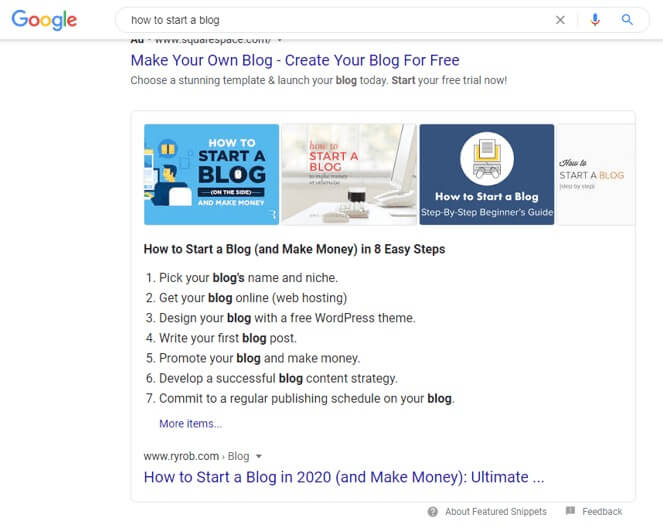
Credit: www.ryrob.com
Maintaining A Successful Blog
Maintaining a successful blog is essential for attracting and engaging readers. Consistently providing valuable and relevant content, engaging with your audience, and utilizing SEO strategies can help your blog thrive. Additionally, promoting your blog on social media and collaborating with other bloggers can further enhance its success.
Consistency
Consistency is an essential factor when it comes to maintaining a successful blog. Regularly publishing high-quality content keeps your audience engaged and coming back for more. A well-planned content calendar can be a valuable tool in maintaining consistency.
Analyzing Performance
It’s crucial to regularly analyze the performance of your blog to determine what type of content resonates best with your audience. Utilize analytics tools such as Google Analytics to track metrics like page views, bounce rate, and user engagement. This data can help you make informed decisions about your content strategy.
Community Engagement
Engaging with your audience and building a sense of community around your blog is key to its success. Encourage comments and discussions on your posts, and actively participate in the conversation. You can also utilize social media platforms to further engage with your audience and drive traffic to your blog.
In conclusion, maintaining a successful blog requires consistency in content creation, analyzing performance metrics, and actively engaging with your audience. These strategies can help you build a loyal readership and establish your blog as a valuable resource within your niche.
Platform Comparisons
When it comes to creating a blog, choosing the right platform is crucial. Each platform has its own set of features, design options, and ease of use. Let’s dive into some key platform comparisons to help you make an informed decision.
WordPress Vs. Blogger
In the WordPress vs. Blogger debate, both platforms have their own advantages. WordPress is known for its flexibility, robust features, and extensive plugin options. On the other hand, Blogger offers a simple and user-friendly interface, making it ideal for beginners. It ultimately boils down to your specific needs and level of technical expertise.
Wix Vs. Squarespace
When comparing Wix and Squarespace, Wix shines with its drag-and-drop website builder and a plethora of customization options. Conversely, Squarespace is favored for its stunning, professional templates and built-in marketing tools. Consider your design preferences and marketing requirements to pick the right fit for your blog.
Custom Vs. Pre-made Themes
Deciding between custom and pre-made themes depends on your branding goals and design flexibility. Custom themes offer complete control over your blog’s appearance, while pre-made themes provide quick setup and professional designs. Balance your desire for a unique look with the need for convenience and functionality.
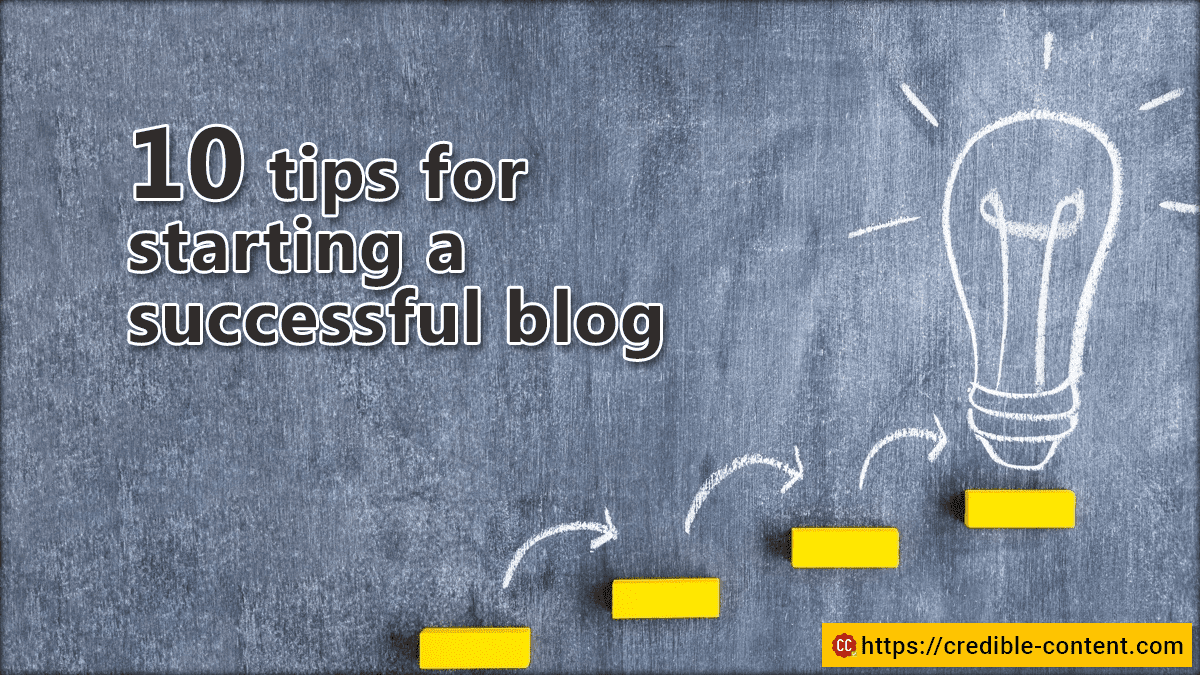
Credit: credible-content.com
Legal And Ethical Considerations
Copyright And Plagiarism
Respecting copyright laws and avoiding plagiarism is crucial for bloggers. Always credit sources and ask for permission when needed.
Disclosure Policies
Transparent disclosure policies build trust. Clearly state any affiliations, sponsorships, or paid promotions in your blog posts.
Data Privacy
Protecting users’ data privacy is non-negotiable. Ensure secure handling of personal information and comply with relevant regulations.
Frequently Asked Questions Of Blog
What Is In A Blog?
A blog is a platform where individuals or businesses share thoughts, ideas, and information. It can include articles, images, and videos.
What At Is A Blog?
A blog is a platform for individuals or businesses to share thoughts, ideas, and information. It’s a website where content is regularly updated in diary-style posts.
What’s A Blog Example?
A blog is a platform or website where individuals or businesses can share their thoughts, ideas, opinions, or information. For example, a restaurant owner could regularly blog about their favorite farmers’ markets, amusing anecdotes, or how they develop new recipes.
A personal blog allows readers to connect with the person behind the business, increasing the likelihood of remembering and supporting the restaurant.
What Does Blog Stand For?
A blog stands for “weblog,” a platform for sharing thoughts, ideas, and information in posts. It’s interactive with reader comments.
Conclusion
As we wrap up this blog post, remember the power of blogging to share ideas and connect with readers. Make your blog unique and engaging to attract more traffic and create a lasting impact. Keep creating valuable content and watch your blog grow!

Mother of Two children. I’m a former teacher with a background in child development and a passion for Good parenting. I understand child development and know how to develop activities to help children learn and grow. Spare time, I enjoy spending time with my family, reading, and volunteering in my community. Read More



